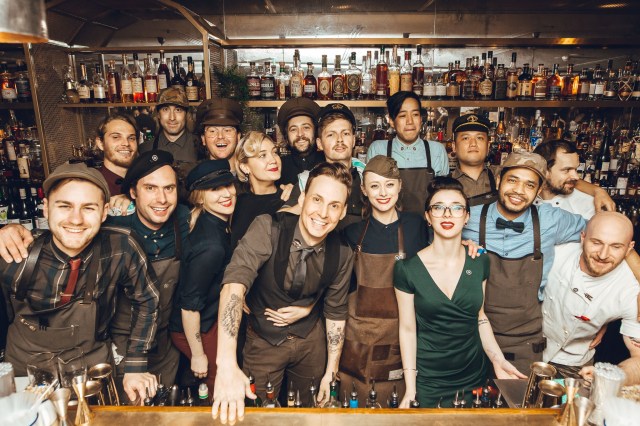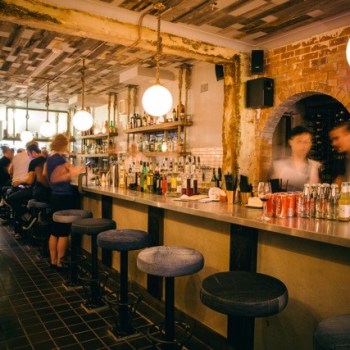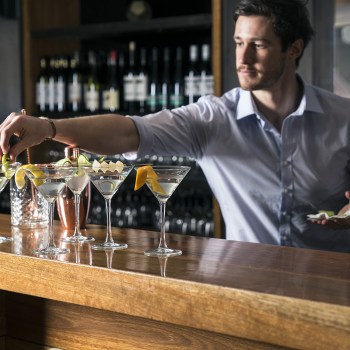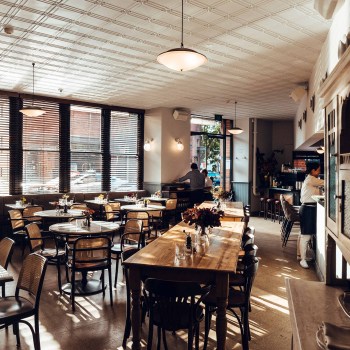In the new issue of BARS&clubs we sat down with Jared Merlino – operator of Lobo Plantation, Kittyhawk and Big Poppa’s – to get the low-down on how he started in the industry, what he has learned along the way and how he sets up his bars… read on for a preview and check out the full profile in the new issue – out now!
How do you go about making yourself stand out in a crowded marketplace?
It’s about the attention to detail. It’s about those little things that make you stand out. There are a hundred different operators every other week that are opening. It’s those little things when you walk into Lobo. It’s the attention to detail on the drinks. There is a lengthy process with drinks for getting them approved and on the list. From a guest perspective, it is all those little things that make a difference.
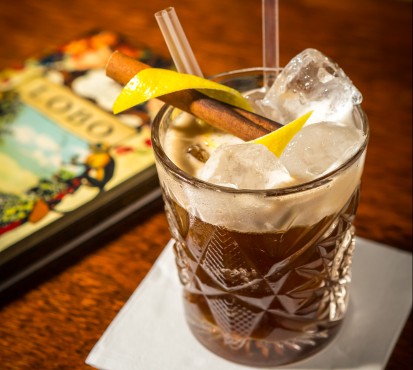
What kind of work goes into nailing those little details behind the scenes?
When we got started, it was about being extremely rum-focused. We were going to build the biggest collection in Australia, well, the biggest collect we could, the biggest in Sydney. And we wanted to really know what we were talking about. It wasn’t about building a collection and having it sit on the back bar. We wanted to know what we were pushing. We trained the team. We spent a lot of money and a lot of effort on training the team to understand rum and how it is produced and how you get different flavour notes etc. And that level of knowledge and detail makes all the difference to the guests. We really focused on cementing it as a brand and who we were and that we did things a little bit differently.
What did you learn a Lobo that you applied to opening Kittyhawk and Big Poppa’s?
I learned a lot about the most cost effective way to build a business and the most cost effective way to get things done, and to multiply those savings across three venues. Running the POS across the businesses, all those little things that make all the difference.
Also working with the right designers and the right trades is key, and to be on the ground when you’re building things. I was on the ground for both Kittyhawk and Big Poppa’s. Every day. And the result is now that the detail Kittyhawk and the detail in Poppa’s is exactly how I envisaged it.
Everyone might not appreciate every little detail, but it’s there, and the idea is that these are meant to be built for the next 20 years, so by being on the ground and working with the trades and the designers you’re able to make sure that everything – down to the millimetre – is exactly how you want it, so that the room flows right, so that the bar’s set right. The speed of a bar can come down to every little millimetre of how you design it.
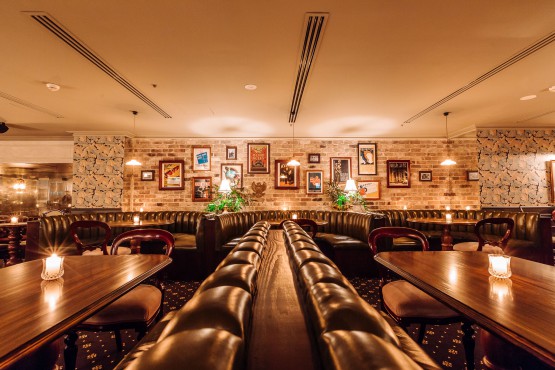
So how do you nail a bar set up, especially somewhere like Kittyhawk with such a long bar?
With Lobo I took what I knew from bars I had worked behind before. There were a lot of things I would have done differently, and things that I admired. So I took all of those things and I applied them to the set up the bar. We were limited in space, so you have to work within the confines of what you have.
Then at Kittyhawk it came down to having worked behind the bar at Lobo there were tiny little things that if I had my time again I would change. I we applied ourselves to the problem – myself, Dre and Paige and the bartenders at Lobo, we worked down to the millimetre about how we wanted it to be designed behind the bar.
All our wells are set up as double wells, so you work in tandem with someone else. It’s literally organised down to the point that you’re never leaning forward, because we’ve got the bar depth to the point that you should never lean, but you’ve still got all the space to have your garnishes, and there is the right amount of space for your crushed ice, your cubed ice – everything.
It’s actually an amazing thing to stand behind, especially when you’ve got eight bartenders behind there working. It just comes down to all those little things that add up to the speed and ergonomics of a bar.
But anyone who has worked behind any bar for a length of time would have a hundred different things they want to change about the setup of that bar. So that’s just something that you apply to the next one and they all get more and more efficient as you go.
Save
Save
Save
